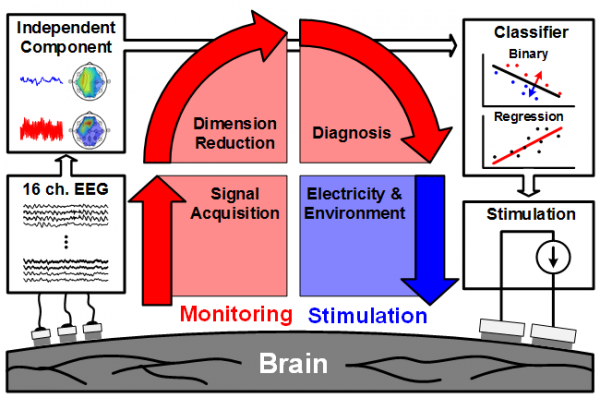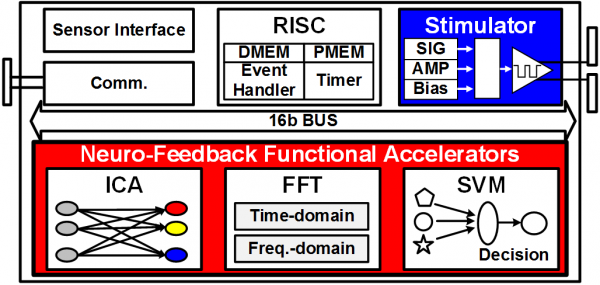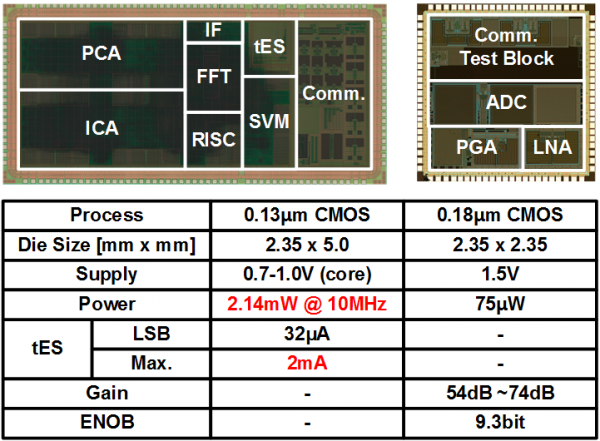Neuro-Feedback
본문
Overview
Recently, there are many reports on the measurement of mental health conditions as derived from physiological parameters. Usually, heart-rate or heart rate variability (HRV) has been used for monitoring mental health because of its strong dependency on the autonomic nervous system (ANS). It is claimed that HRV, which represents the effect of ANS, and EEG, which is the primary signal of the central nervous system (CNS), should be analyzed together at the same time in order to extract accurate physiological markers for mental stress and disorder. In contrast to the case of only HRV, however, this approach requires nonlinear analysis of EEG, which is possible only with a high performance computer system. Therefore, no mobile device for stress assessment as derived from the combination of the EEG and HRV has been previously reported.
Moreover, mental diseases have been successfully treated by neuro-feedback therapy based on Quantitative EEG (QEEG) and Event Related Potential (ERP) online data measurements. Based on previous clinical results, brain stimulation is performed to modulate brain rhythms (EEG) toward the normal values for the therapy.




